Why do Russian registration plates only use 12 letters of the alphabet?
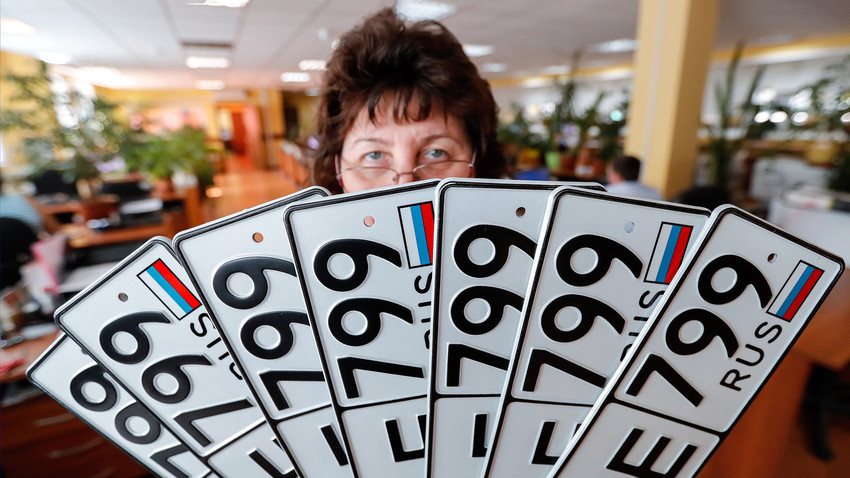
The first vehicle license plates appeared in Russia in 1920, but it was only in the 1930s that a single standard system for automobiles and motorcycles was introduced. Each number consisted of two letters indicating the region and two pairs of digits separated by a hyphen. At first, license plates were black on white (or on pale orange, for motorcycles and trailers).

In 1959, a new format was launched: white figures on a black background for private vehicles and black figures on a white background for diplomatic vehicles. In the USSR, any letters of the Cyrillic alphabet could be used except for the letters Ё, Й, Ъ, Ы, and Ь. The letter Щ was generally avoided too. Letters from the Latin alphabet that did not look like Cyrillic letters were, of course, out of the question
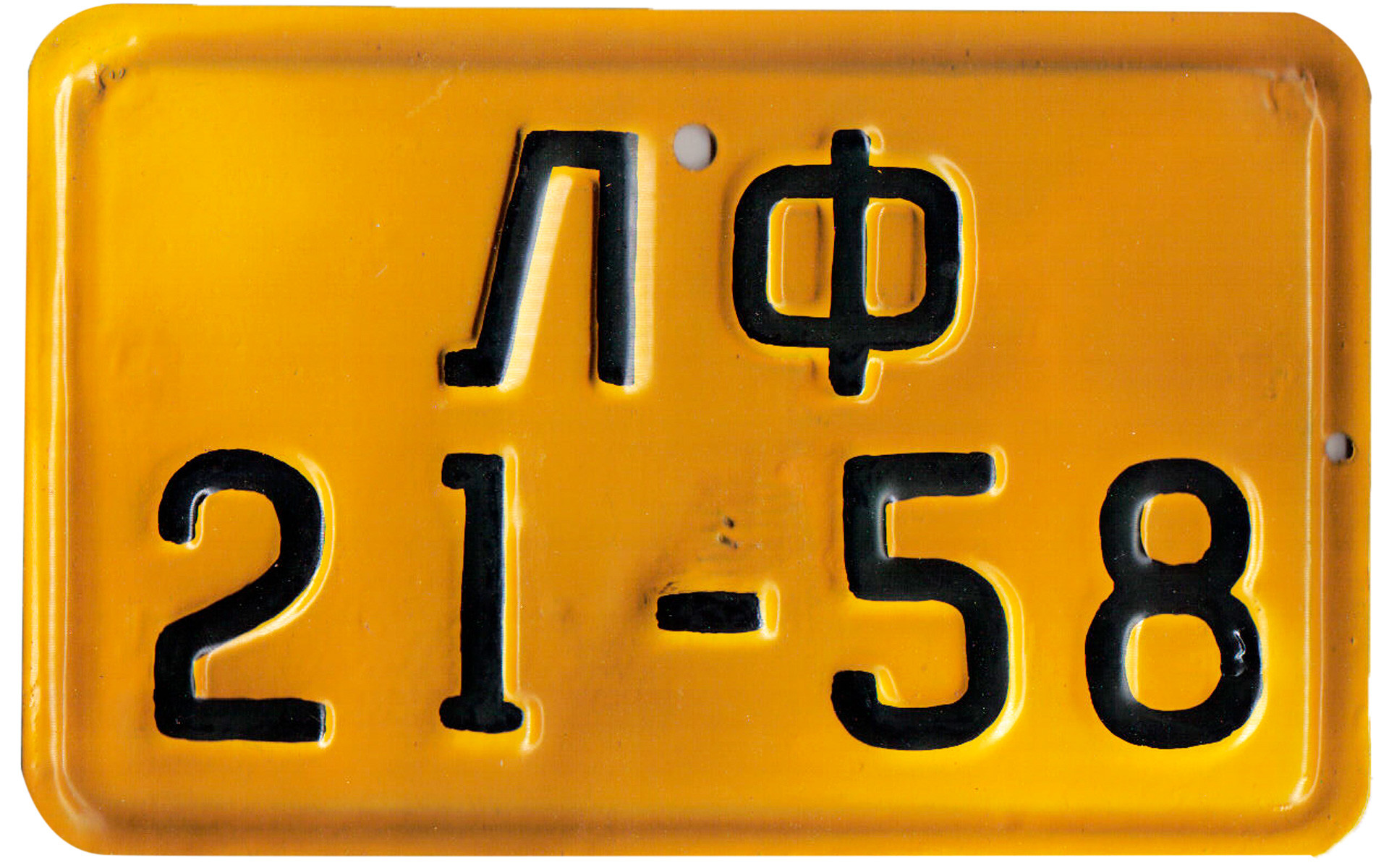

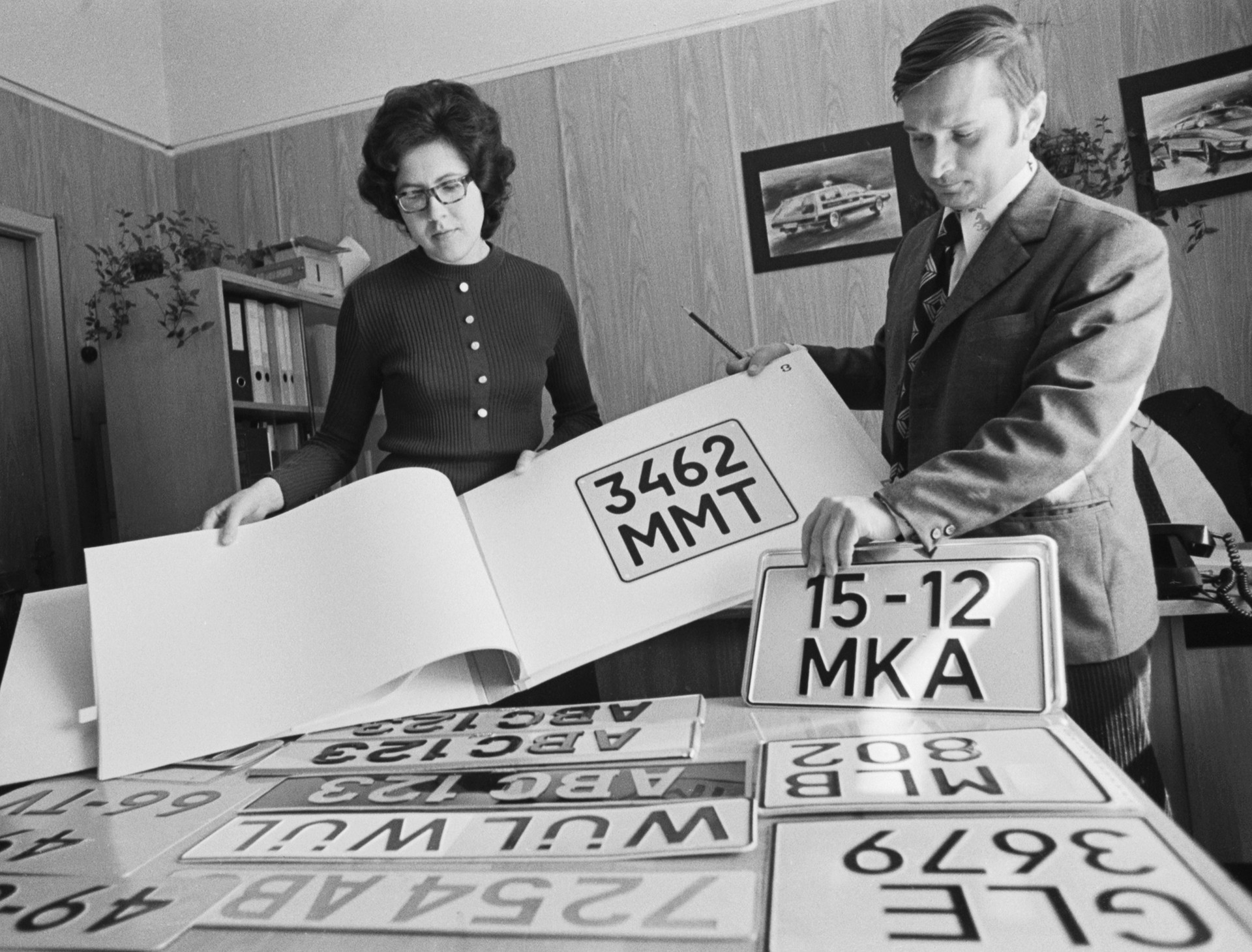
Purely Russian letters of the alphabet are no longer used because they would be unintelligible to most foreign drivers. Imagine, for example, that a foreigner has to remember the license plate of a car involved in a traffic accident that has the letter Ж in it, which he or she likely would not be able to reproduce orally or in writing. With the opening of the borders, more and more Russians began to travel to Europe and Europeans to Russia and the country joined the 77 countries of the (1968) Vienna Convention on Road Traffic, which stipulates a common standard for traffic regulations, road signs and license plates
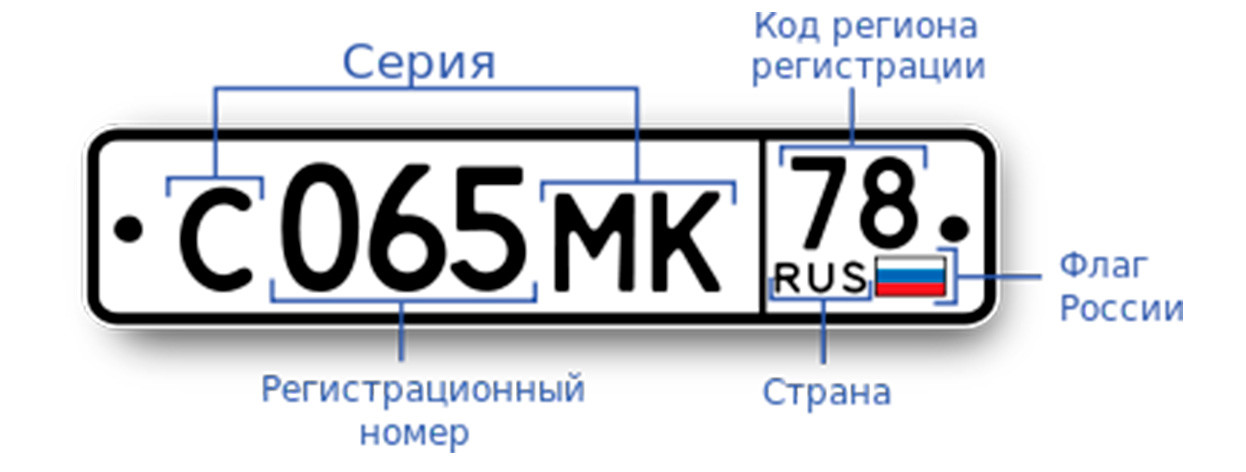
In Russia, many drivers covet
Moscow is a good example of a conurbation where possible combinations are rapidly exhausted particularly rapidly, due to its size and number of vehicles. Thus, Moscow license plates have several regional identifiers: 77, 97, 99, 177, 197 and 199. In 2013, when it became necessary to introduce an additional code for Moscow, traffic police chose 777, instead of the more obvious 277. Various official explanations were given: allegedly,
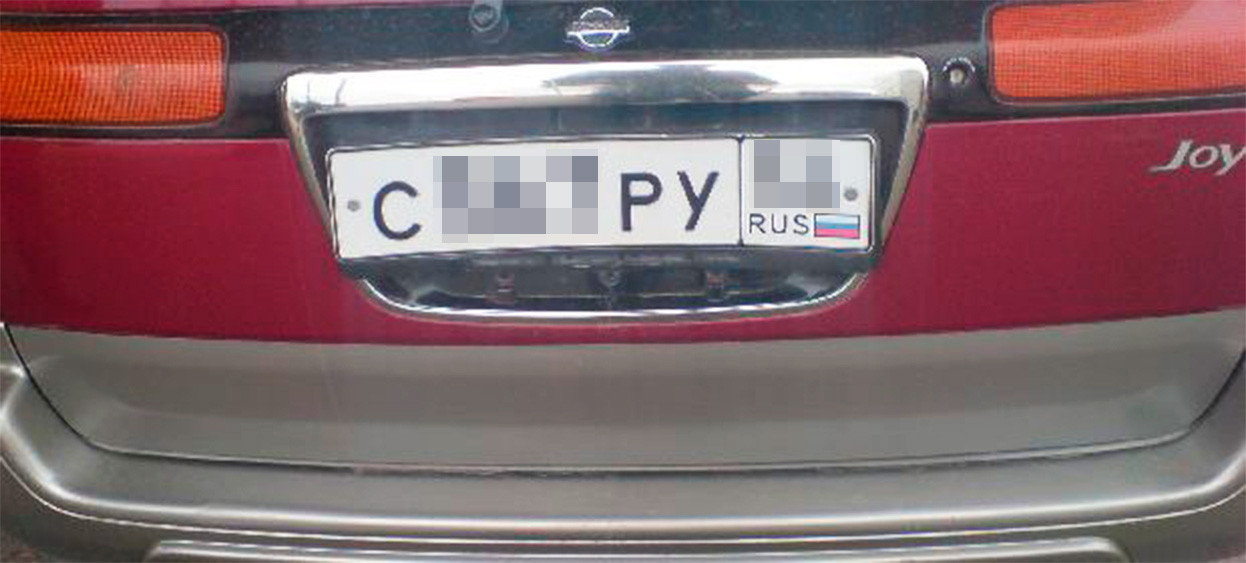
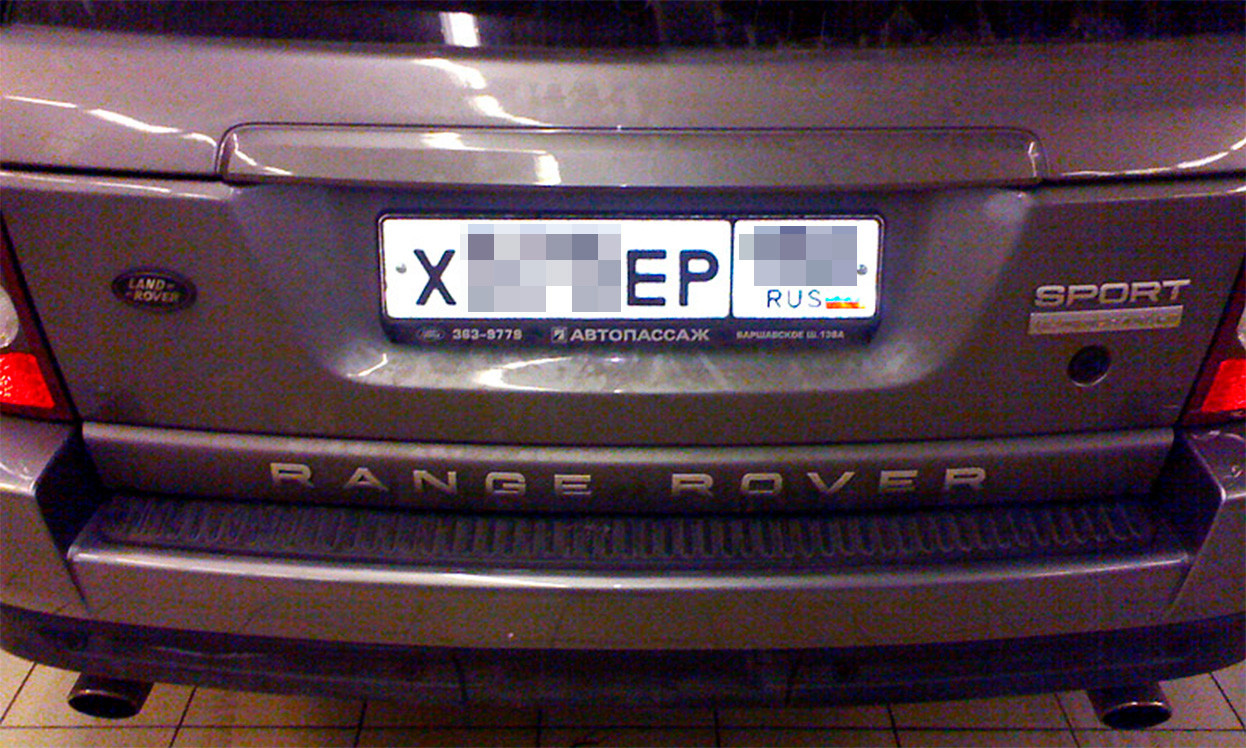
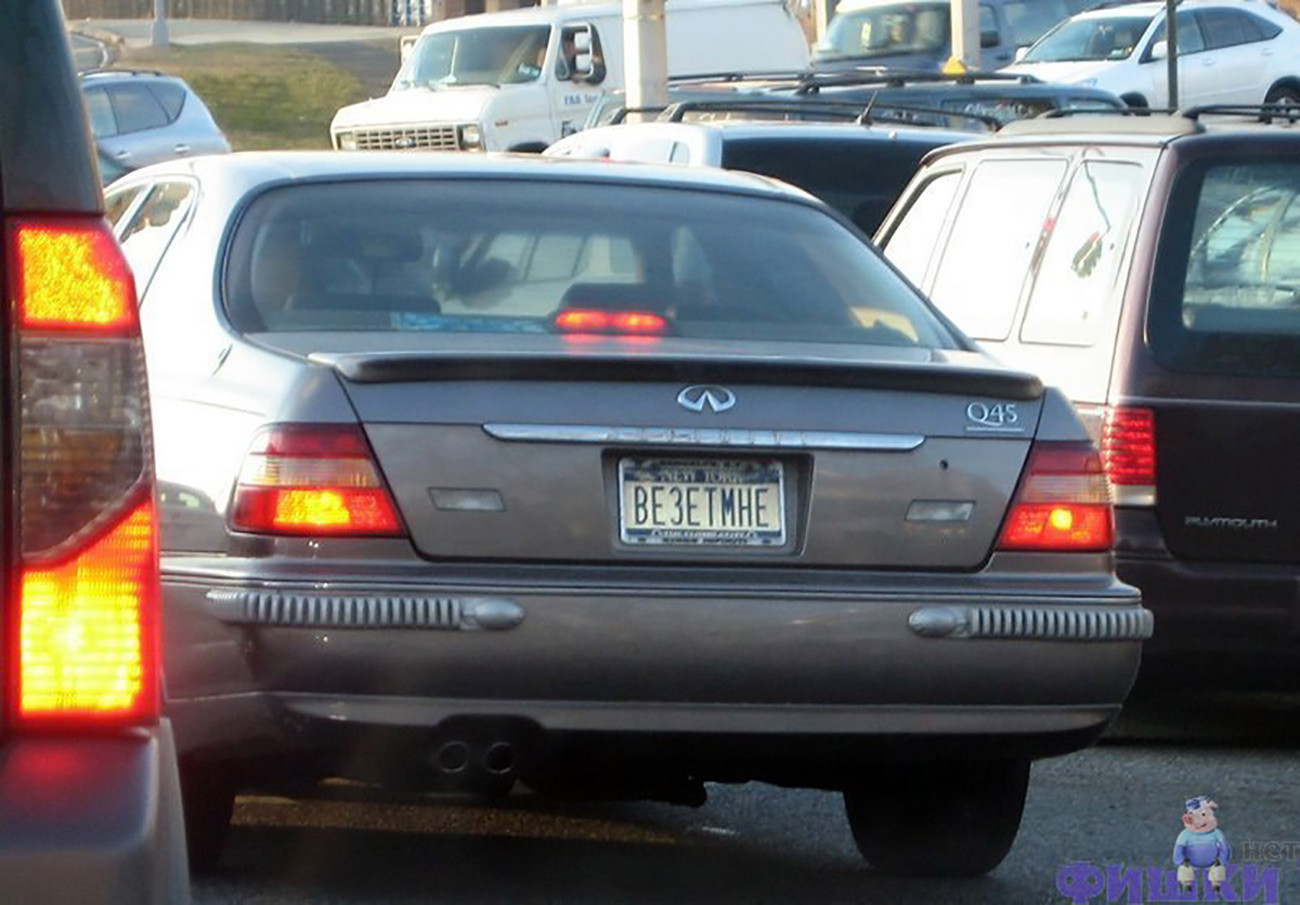
“BE3ET MHE” literally means “Damn I’m lucky!”
Fishki.netIf using any of Russia Beyond's content, partly or in full, always provide an active hyperlink to the original material.
Subscribe
to our newsletter!
Get the week's best stories straight to your inbox